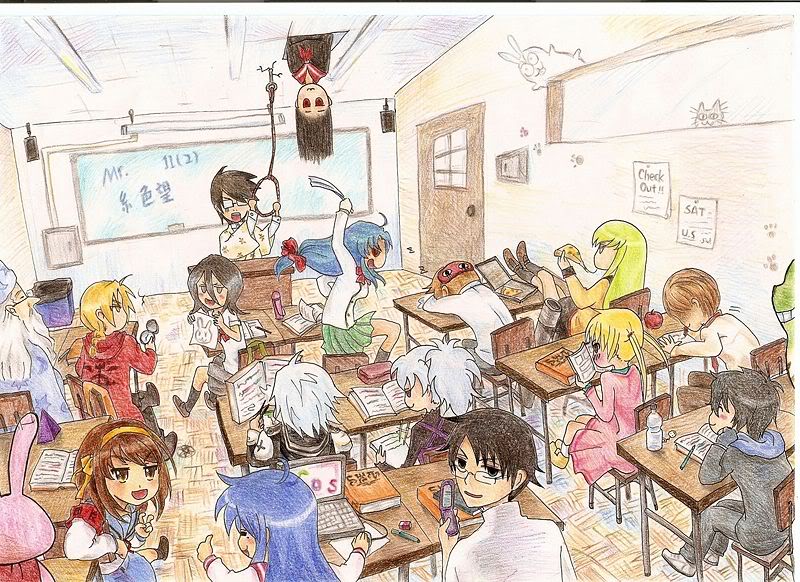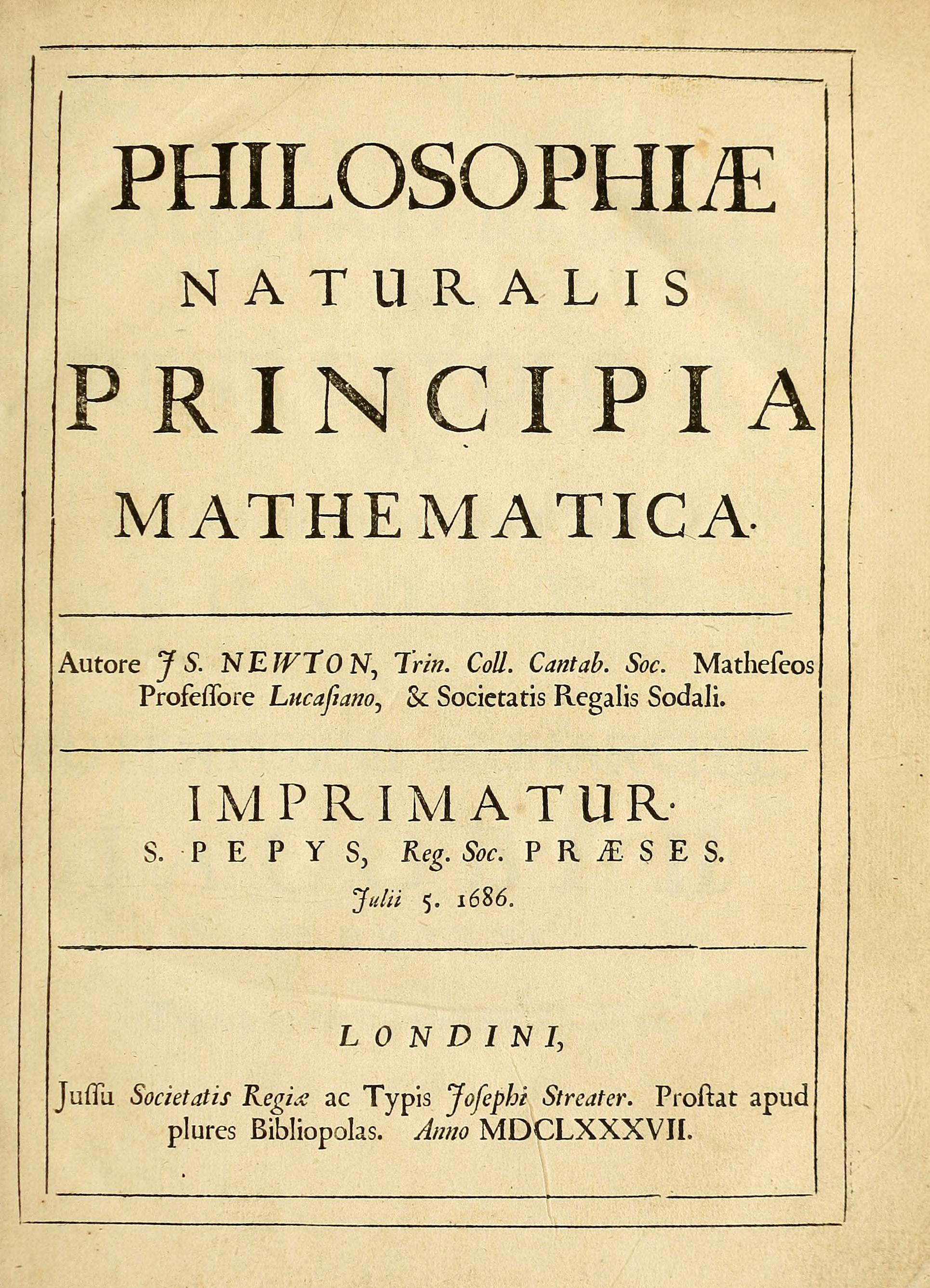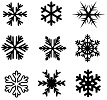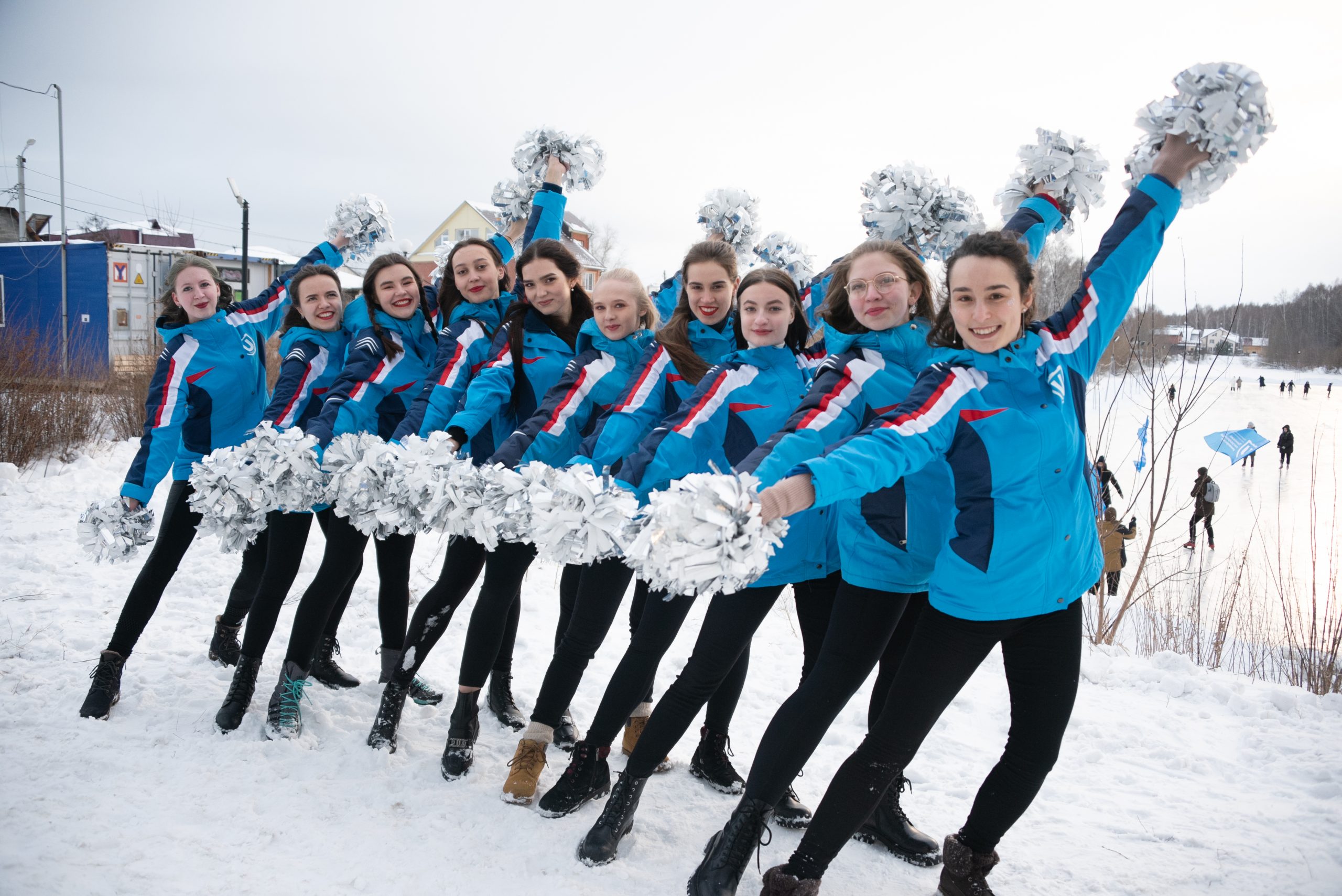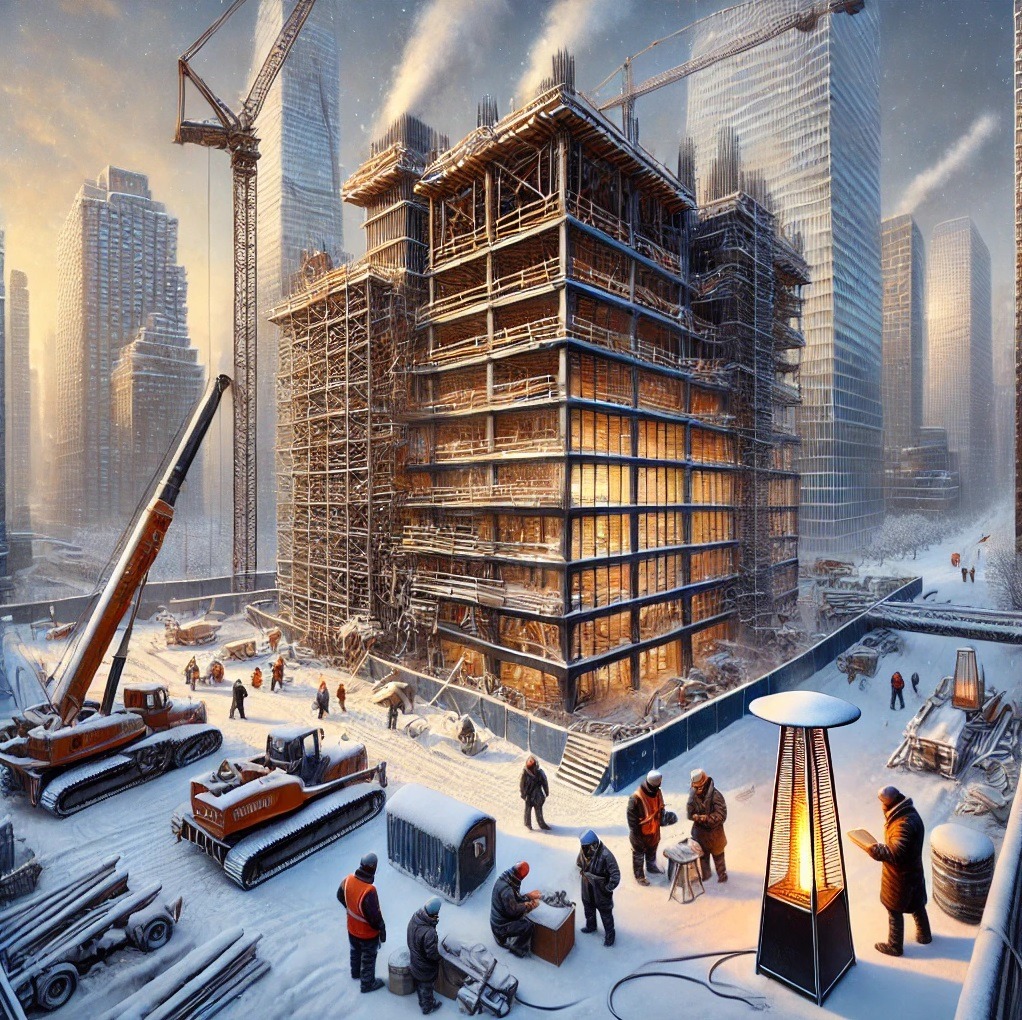From Cow to Coffee
- Home Page 2

Community Hub Schools
The larger part of using the global standardization system to make the real assets of educational settlements safer, simpler, lower-cost and longer-lasting is to make every effort to use those spaces and occupancies effectively. Today we examine a few case studies and explore possibilites mapped in safety and sustainability catalogs of standards developers whose titles become the basis for government regulation. Use the login credentials at the upper right of our home page at the usual hour.
The topic is necessarily cross-cutting and technologically interdisciplinary so we draw from the syllabi of colloquia we previously covered.
Case Study: Center Grove Community School Corporation Security
Related:
Here are 10 current trends in the construction of K-12 education facilities in the United States, based on recent industry insights and developments. These trends reflect a focus on safety, sustainability, technology, and evolving educational needs, drawn from sources like architectural firms, construction reports, and educational design analyses.
-
Enhanced Security Systems
Schools are prioritizing advanced security measures, such as wearable panic devices for staff, access control systems, secure vestibules, surveillance technology, and remote hallway gate controls. Many districts are proactively upgrading security as standalone projects rather than waiting for renovations, aiming to create safer environments without highly visible fortifications. For example, Solomon-Solis Cohen Elementary in Philadelphia integrates park-like settings with security features to balance safety and community appeal. -
Flexible and Adaptable Learning Spaces
Traditional static classrooms are being replaced with modular, flexible spaces that support diverse teaching styles and learning needs. These include movable partitions, demountable walls, and multi-purpose areas like learning stairs, which serve as seating or presentation spaces. Schools like Warsaw High School use learning stairs as dynamic hubs for collaboration, allowing easy reconfiguration for group work, individual study, or CTE programs. -
Sustainability and Net-Zero Energy Design
Schools are adopting eco-friendly designs, such as energy-efficient HVAC systems, solar panels, and green materials, to achieve net-zero energy goals. The transition to electric vehicle (EV) bus fleets with charging infrastructure is also growing, as seen in districts incrementally upgrading transportation facilities. These designs educate students about sustainability while reducing operational costs. -
Improved Indoor Air Quality and HVAC Upgrades
With 38% of U.S. public schools built before 1970, upgrading HVAC systems is a priority to improve air quality and prevent health issues like mold. The American Society of Civil Engineers noted in 2021 that 41% of districts need HVAC updates in at least half their schools, costing billions. Post-COVID, schools are using federal relief funds to enhance ventilation, as seen in Clark County School District’s UL Verified Ventilation mark. -
Career and Technical Education (CTE) and STEAM Facilities
There’s a resurgence in CTE and STEAM (Science, Technology, Engineering, Arts, Mathematics) spaces, with schools building specialized labs for robotics, welding, automotive, and filmmaking. For instance, Merrillville Community School Corporation added a 57,000-square-foot CTE addition with state-of-the-art labs. These spaces prepare students for skilled trades and tech careers, reflecting a shift away from college-only pathways. -
Technology Integration and Wi-Fi Optimization
Schools are designing comprehensive Wi-Fi coverage using predictive modeling to eliminate dead zones, ensuring access for all users (students, staff, parents). Classrooms are equipped with IT infrastructure for digital learning, including VR/AR tools and BIM (Building Information Modeling) for design precision. Santa Ana High School’s transformation of a library into a digital media lab exemplifies this trend. -
Health and Wellness-Focused Design
Designs prioritize mental and physical well-being with natural lighting, ergonomic furniture, and outdoor learning spaces like gardens or courtyards. The “One Health” movement, cited by PBK Architects, emphasizes environments where students and buildings are holistically healthy. Twin Buttes High School in North Dakota incorporates food sovereignty programs with greenhouses and culinary labs to promote wellness. -
Community-Centric Facilities
Schools are being designed as community hubs, hosting events and serving as emergency shelters or voting places. Flexible designs allow spaces to be used by the community year-round, generating revenue. For example, Eddy & Debbie Peach Elementary School includes outdoor art and science labs that double as community spaces, fostering engagement and connection. -
Resilient and Durable Construction
New builds and renovations use resilient materials to withstand high-traffic use and extreme weather, adhering to updated building codes for fire resistance and accessibility. Designers assess existing structures for “good bones” to repurpose them cost-effectively, as seen in HED’s redesign of Santa Monica High School with adaptable, demountable walls. -
Collaborative Design with Stakeholder Input
Construction projects increasingly involve teachers, parents, and students in the planning process through public meetings and surveys to align facilities with community needs. Transparent communication, as emphasized by Bryan Construction, ensures designs reflect educational goals, such as sustainable curricula or flexible spaces, enhancing teacher and student satisfaction.
American Planning Association
§
Campus physical planning is more commonly addressed by organizations like the Society for College and University Planning (SCUP), and scholarly literature (e.g., in the Journal of the American Planning Association) notes limited APA focus on higher education facilities compared to K-12 schools.
International Building Code Development Schedule
Related:
The New Urban Order: Is the Rise of Homeschooling a Problem?
Do Texas public schools exist to serve the school district? Or do they exist to serve all the children and families in the community? Here is the list of schools discriminating against homeschoolers by not allowing those students to participate in UIL. #txlege…
— Matt Schaefer (@RepMattSchaefer) January 5, 2026
Integrated Planning Glossary
Connections, learnings, and expanded conversations #SCUPNC2022 in #chicago 👍🌟 pic.twitter.com/enPtA7YJsX
— SCUP (@Plan4HigherEd) October 18, 2022
Early operations benefited from administrative support (aegis) provided by the University of Michigan, including office space and resources in Ann Arbor. This arrangement persisted until a financial crisis in the late 1970s (1976–1980), during which SCUP relocated to New York.
The decoupling—marking full operational and administrative independence from the University of Michigan—occurred in 1980, when SCUP returned to Ann Arbor as a self-sustaining nonprofit headquartered at a separate location –1330 Eisenhower Place — less than a mile walk from Standards Michigan‘s front door at 455 East Eisenhower.
* Of the 220 ANSI Accredited Standards Developers, the State of Michigan ranks 3rd in the ranking of U.S. states with the most ANSI-accredited standards developers (ASDs) headquartered there; behind the Regulatory Hegemons of California and ChicagoLand and excluding the expected cluster foxtrot of non-profits domiciled in the Washington-New York Deep State Megalopolis. Much of Michigan’s presence in the private consensus standards space originates from its industrial ascendency through most of the 1900’s.
Occupancy Classification Logic
Section 305: Educational Group E (2024 IBC)
Group E occupancy covers buildings (or portions thereof) used for educational purposes by six or more persons at any time through the 12th grade.
This includes:
- Elementary schools — Kindergartens through high schools (primary classification for academic instruction).
- Day care facilities — Specifically for more than five children older than 2½ years of age receiving educational, supervision, or personal care services for fewer than 24 hours per day.
Key exceptions and notes:
- Facilities with five or fewer children (any age) in day care → classify as part of the primary occupancy or as Group R-3 (if in a dwelling unit).
- Day care during religious functions in places of worship → classifies as part of the primary occupancy (often Group A-3).
- Accessory religious educational rooms or auditoriums with occupant loads <100 → classify as Group A-3.
Colleges and universities do not fall under Group E; higher education facilities typically classify as Group B (Business) for classrooms, offices, and labs, with assembly spaces (e.g., lecture halls, auditoriums) as Group A if they meet assembly criteria.
Section 308: Institutional Group I (Relevant to Day Care – Group I-4)
Section 308 defines Institutional Group I occupancies overall, with Group I-4 specifically addressing day care facilities requiring custodial care.
Group I-4 includes buildings occupied by more than five persons of any age who receive custodial care (supervision and assistance due to age or incapacity) for fewer than 24 hours per day, provided by non-relatives outside the home.
This explicitly covers:
- Adult day care.
- Child day care (particularly when occupants need assistance in emergencies).
For child day care:
- Facilities serving more than five children 2½ years of age or younger → generally Group I-4.
- Exception allowing reclassification to Group E: If serving more than five but no more than 100 children ≤2½ years old, care rooms are on the level of exit discharge, and each care room has a direct exterior exit door.
Other notes:
- Five or fewer persons receiving custodial care → classifies as part of the primary occupancy or Group R-3 (if in a dwelling unit).
- Care during religious functions → classifies as part of the primary occupancy.
Elementary schools and colleges do not fall under Section 308; elementary schools are Group E (as above), and colleges are typically Group B.
These classifications in the 2024 IBC remain consistent with prior editions (e.g., 2021). Local amendments may apply, so verify with the authority having jurisdiction. For the exact text, consult the official ICC digital codes.
Electric Service Metering & Billing
Today at 16:00 UTC we review best practice for engineering and installing the point of common coupling between an electrical service provider its and an purchasing — under the purview of NEC CMP-10.
Committee topical purviews change cycle-to-cycle. Here’s the transcript for today’s session: CMP-10 Second Draft Report (368 pages)
Use the login credentials at the upper right of our home page.

The relevant passages of the National Electrical Code are found in Article 230 and Article 495. We calibrate our attention with the documents linked below. These are only representative guidelines:
University of Michigan Medium Voltage Electrical Distribution
Texas A&M University Medium Voltage Power Systems
University of Florida Medium Voltage Electrical Distribution
Representative standards for regulated utilities for purchased power:
Detroit Edison Primary Service Standards (Green Book)
American Electric Power: Requirements for Electrical Services
Pacific Gas & Electric Primary Service Requirements
The IEEE Education & Healthcare Facilities Committee curates a library of documents similar to those linked above.
Design of Electrical Services for Buildings
We are in the process of preparing new (original, and sometimes recycled) proposals for the 2026 National Electrical Code, with the work of Code Panel 10 of particular relevance to today’s topic:
First Draft Meetings: January 15-26, 2024 in Charleston, South Carolina
Electrical meter billing standards are generally regulated at the state or local level, with guidelines provided by public utility commissions or similar regulatory bodies. These tariff sheets are among the oldest in the world. There are some common standards for billing and metering practices, including:
- Meter Types: There are various types of meters used to measure electricity consumption, including analog (mechanical) meters, digital meters, and smart meters. Smart meters are becoming more common and allow for more accurate and real-time billing.
- Billing Methodology:
- Residential Rates: Most residential customers are billed based on kilowatt-hours (kWh) of electricity used, which is the standard unit of energy.
- Demand Charges: Some commercial and industrial customers are also subject to demand charges, which are based on the peak demand (the highest amount of power drawn at any one point during the billing period).
- Time-of-Use Rates: Some utilities offer time-of-use (TOU) pricing, where electricity costs vary depending on the time of day or season. For example, electricity may be cheaper during off-peak hours and more expensive during peak hours.
- Meter Reading and Billing Cycle:
- Monthly Billing: Typically, customers receive a bill once a month, based on the reading of the electricity meter.
- Estimation: If a meter reading is not available, some utilities may estimate usage based on historical patterns or average usage.
- Smart Meter Readings: With smart meters, some utilities can provide daily or even hourly usage data, leading to more precise billing.
- Meter Standards: The standards for electrical meters, including their accuracy and certification, are set by national organizations like the National Institute of Standards and Technology (NIST) and the American National Standards Institute (ANSI). Meters must meet these standards to ensure they are accurate and reliable.
- Utility Commission Regulations: Each state has a utility commission (such as the California Public Utilities Commission, the Texas Public Utility Commission, etc.) that regulates the rates and billing practices of electricity providers. These commissions ensure that rates are fair and that utilities follow proper procedures for meter readings, billing cycles, and customer service
- Large University “Utilities”. Large colleges and universities that generate and distribute some or all of their electric power consumption have developed practices to distribute the cost of electricity supply to buildings. We will cover comparative utility billing practices in a dedicated colloquium sometime in 2025.
Michigan Public Service Commission | Consumer’s Energy Customer Billing Rules
Du froid
— Charles Louis de Secondat, Baron de La Brède et de Montesquieu
Heat tracing is a process used to maintain or raise the temperature of pipes and vessels in order to prevent freezing, maintain process temperature, or ensure that products remain fluid and flow through the system properly. Without electric heat tracing; much of the earth would be uninhabitable.
Heat tracing works by using an electric heating cable or tape that is wrapped around the pipe or vessel, and then insulated to help retain the heat. The heating cable is connected to a power source and temperature control system that maintains the desired temperature by regulating the amount of heat output from the cable. Heat tracing is commonly used in industrial applications where temperature control is critical, such as in chemical plants, refineries, and oil and gas facilities.
There are several types of heat tracing, including electric heat tracing, steam tracing, and hot water tracing, each of which have their own unique advantages and disadvantages. The selection of the appropriate type of heat tracing depends on the specific application and the required temperature range, as well as factors such as cost, maintenance, and safety considerations.
Heat Tracing for Piping Specification | NECA Standards (N.B. Link unstable)
2026 NEC CMP-17 Public Input Report | 2026 NEC CMP-17 Second Draft Report
Capturing snow flakes as the fall out of the sky
[📹 Dmitry Dotsenko / dots_foto]pic.twitter.com/e3rwNUGLmK
— Massimo (@Rainmaker1973) January 29, 2025
Today we review the literature for snow and ice management (and enjoyment) produced by these standards-setting organizations:
Accredited Snow Contractors Association
American Society of Civil Engineers
American Society of Mechanical Engineers
ASTM International
Destructive Deep Freeze Strikes Cold and Hot Regions Alike
Institute of Electrical & Electronic Engineers
Electrical Heat Tracing: International Harmonization — Now and in the Future
Indiana University.
The most beautiful college campus in the country covered in snow. pic.twitter.com/Tp33cQgKuq
— Alex Paul Photo (@alexpaulphoto) January 11, 2025
International Code Council
International Building Code: Chapter 15 Roof Assemblies and Rooftop Structures
National Electrical Contractors Association
National Fire Protection Association
Winter is Coming: Is Your Facility Protected? (Holly Burgess, November 2022)
National Electrical Code: Articles 426-427
National Floor Safety Institute
Snow and Ice Management Association
Underwriters Laboratories
Manufacturers:
Chromalox Electrical Heat Tracing Systems Design Guide
It is a surprisingly large domain with market-makers in every dimension of safety and sustainability; all of whom are bound by state and federal regulations.
Join us at 16:00 UTC with the login credentials at the upper right of our home page.
Red surely made the most of his snow day! 🛷 ☃️
Who’s team snow on campus? ❄️ pic.twitter.com/F03KX1XyaR
— The Catholic University of America (@CatholicUniv) January 14, 2025
There have been several recent innovations that have made it possible for construction activity to continue through cold winter months. Some of the most notable ones include:
- Heated Job Site Trailers: These trailers are equipped with heating systems that keep workers warm and comfortable while they take breaks or work on plans. This helps to keep morale up and prevent cold-related health issues.
- Insulated Concrete Forms (ICFs): ICFs are prefabricated blocks made of foam insulation that are stacked together to form the walls of a building. The foam insulation provides an extra layer of insulation to keep the building warm during cold winter months.
- Warm-Mix Asphalt (WMA): WMA is a type of asphalt that is designed to be used in colder temperatures than traditional hot-mix asphalt. This allows road construction crews to work through the winter months without having to worry about the asphalt cooling and becoming unusable.
- Pneumatic Heaters: These heaters are used to warm up the ground before concrete is poured. This helps to prevent the concrete from freezing and becoming damaged during the winter months.
- Electrically Heated Mats: These mats are placed on the ground to prevent snow and ice from accumulating. This helps to make the job site safer and easier to work on during the winter months.
Overall, these innovations have made it possible for construction crews to work through the winter months more comfortably and safely, which has helped to keep projects on schedule and minimize delays.
Somewhat related:
Capturing snow flakes as the fall out of the sky
[📹 Dmitry Dotsenko / dots_foto]pic.twitter.com/e3rwNUGLmK
— Massimo (@Rainmaker1973) January 29, 2025
Map showing what states can actually drive in snow pic.twitter.com/qgKEhLtKbr
— Midwest vs. Everybody (@midwestern_ope) February 7, 2025
Building Construction in Cold Weather
Much of our assertion that building construction in education communities resembles a perpetual motion machine rests upon innovation in a broad span of technologies that is effectively weather resistant; that along with development of construction scheduling. Today at 16:0 UTC we review the technical, management and legal literature that supports safe and sustainable construction,
1. Cold-Weather Concrete Technology
-
- Accelerating Admixtures: These are chemical additives that speed up the curing process of concrete, allowing it to set even in low temperatures.
- Heated Concrete Blankets: Electric blankets that maintain a consistent temperature around freshly poured concrete.
- Hot Water Mixing: Using heated water during the mixing process to ensure that concrete maintains the proper temperature for curing.
- Air-Entrained Concrete: Helps resist freeze-thaw cycles by creating tiny air pockets in the concrete.
2. Temporary Heating Solutions
-
- Portable Heaters: Diesel, propane, or electric heaters used to maintain a warm environment for workers and materials.
- Enclosed Workspaces: Temporary enclosures (tents or tarps) around construction areas retain heat and shield against snow and wind.
3. Advanced Building Materials
-
- Cold-Weather Asphalt: Modified asphalt that can be laid at lower temperatures.
- Pre-fabricated Components: Factory-assembled parts (walls, beams) that reduce on-site work in harsh conditions.
4. Insulation Techniques
-
- Insulated Tarps and Blankets: Used to cover construction materials and newly laid concrete to prevent freezing.
- Frost-Protected Shallow Foundations: Insulation techniques to keep ground temperatures stable and prevent frost heave.
5. Ground Thawing Technologies
-
- Hydronic Ground Heaters: Circulate heated fluid through hoses laid on frozen ground to thaw it before excavation or foundation work.
- Steam Thawing: Direct steam application to melt snow or thaw frozen soil.
6. Lighting Solutions
-
- High-Intensity LED Lights: Compensate for reduced daylight hours to ensure safe and efficient work conditions.
7. Weather-Resistant Machinery
-
- Winterized Equipment: Construction equipment with heated cabins, antifreeze systems, and enhanced traction for icy conditions.
8. Workforce Adaptations
-
- Cold-Weather Gear: Heated clothing, gloves, and footwear keep workers safe and productive.
- Modified Work Schedules: Shorter shifts or daytime-only work to limit exposure to extreme cold.
9. Snow and Ice Management
-
- Deicing Solutions: Chemical deicers and mechanical snow-removal equipment keep work areas safe and accessible.
- Heated Surfaces: Embedded heating systems in ramps or entryways prevent ice buildup.
The Occupational Safety and Health Administration does not have a specific regulation solely dedicated to building construction in cold winter weather. However, several OSHA standards and guidelines are applicable to address the hazards and challenges of winter construction work. These regulations focus on worker safety, protection from cold stress, proper equipment use, and general site safety. Key applicable OSHA regulations and guidance include:
1. Cold Stress and Temperature Exposure
- General Duty Clause (Section 5(a)(1)): Employers are required to provide a workplace free from recognized hazards likely to cause death or serious physical harm. This includes addressing cold stress hazards, such as hypothermia, frostbite, and trench foot.
- OSHA Cold Stress Guide: OSHA provides guidance on recognizing, preventing, and managing cold stress but does not have a specific cold stress standard.
2. PPE (Personal Protective Equipment)
- 29 CFR 1926.28: Requires employers to ensure the use of appropriate personal protective equipment.
- 29 CFR 1910.132: General requirements for PPE, including insulated gloves, boots, and clothing to protect against cold weather.
3. Walking and Working Surfaces
- 29 CFR 1926.501: Fall Protection in Construction. Ice and snow can increase fall risks, so proper precautions, including removal of hazards and use of fall protection systems, are required.
- 29 CFR 1926.451: Scaffolding. Specific safety measures must be implemented to ensure stability and secure footing in icy conditions.
4. Snow and Ice Removal
- Hazard Communication Standard (29 CFR 1910.1200): Ensures workers are informed about hazards related to de-icing chemicals or other substances used in winter construction.
5. Powered Equipment
- 29 CFR 1926.600: Equipment use, requiring machinery to be properly maintained and adjusted for cold-weather operations, including anti-freeze measures and winterization.
6. Excavations and Frost Heave
- 29 CFR 1926.651 and 1926.652: Excavation standards. Frozen ground and frost heave pose additional risks during trenching and excavation activities.
7. Temporary Heating
- 29 CFR 1926.154: Requirements for temporary heating devices, including ventilation and safe usage in confined or enclosed spaces.
8. Illumination
- 29 CFR 1926.56: Lighting standards to ensure sufficient visibility during reduced daylight hours in winter.
9. Emergency Preparedness
- First Aid (29 CFR 1926.50): Employers must ensure quick access to first aid, especially critical for treating cold-related illnesses or injuries.
10. Hazard Communication and Training
- 29 CFR 1926.21(b): Employers must train employees on recognizing winter hazards, such as slips, trips, falls, and cold stress.
By following these OSHA standards and implementing additional best practices (e.g., scheduling breaks in heated shelters, providing warm beverages, and encouraging layered clothing), employers can ensure a safer construction environment during winter conditions.
Related:
Electrical heat tracing: international harmonization-now and in the future
Incredible snow removal
#Snowstorms ❄️ are no match for our facilities team. Watch to see what it takes to keep our #Northeastern community safe and our #Boston campus clean. https://t.co/lDcjFRRhlw
— Northeastern U. (@Northeastern) January 20, 2023
New update alert! The 2022 update to the Trademark Assignment Dataset is now available online. Find 1.29 million trademark assignments, involving 2.28 million unique trademark properties issued by the USPTO between March 1952 and January 2023: https://t.co/njrDAbSpwB pic.twitter.com/GkAXrHoQ9T
— USPTO (@uspto) July 13, 2023
Standards Michigan Group, LLC
2723 South State Street | Suite 150
Ann Arbor, MI 48104 USA
888-746-3670

